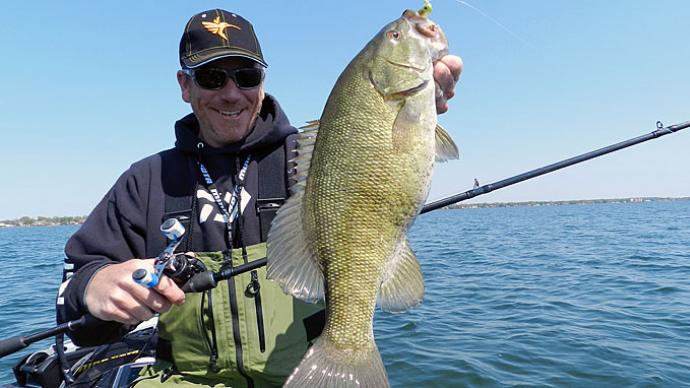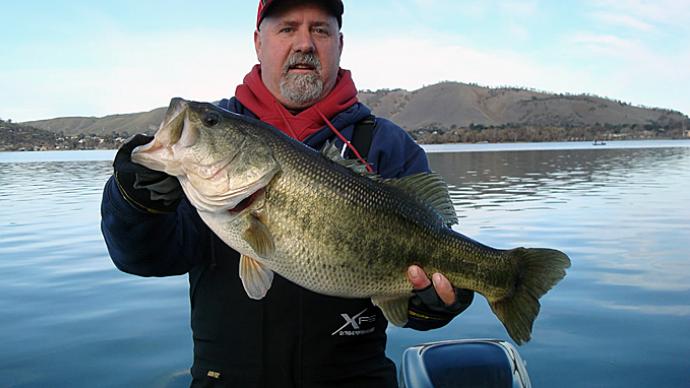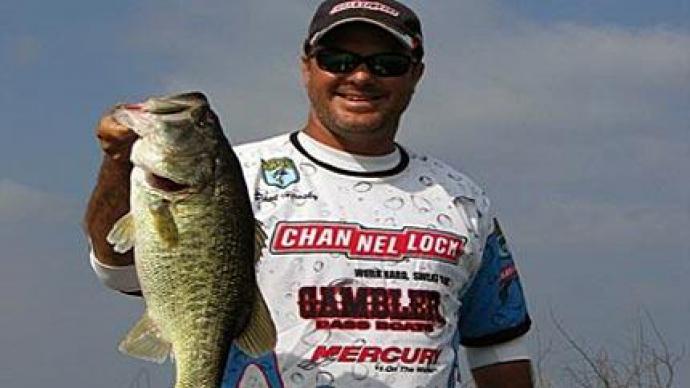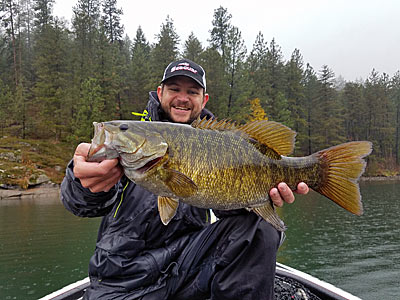
The smallmouth bass is a favorite species for many anglers because of their excellent fighting ability and voracious appetite. They are fun to catch, and one of the best ways to target them fits perfectly into how they feed. Fishing swimbaits for smallmouth bass is an excellent choice since they heavily rely on sight to feed and have no problem tracking a swimbait for long distances before finally pouncing on them.
The When and Where for Swimbait Smallmouth
Throwing swimbaits for smallmouth can be done all year long in various conditions, but sometimes it is the best choice if you are after a monster smallmouth bass.
The prime situations are during inclement weather as smallmouth will be more actively feeding and more apt to chase a swimbait. Wind, rain, and overcast conditions also help to conceal your bait.
Another critical factor is clear water, as this helps bass locate your bait. The final thing to look for is baitfish activity, increasing your odds of running into a bass feeding on fish instead of on the bottom eating crawfish.
Those are some general guidelines and make up the "wish list" of avid smallmouth swimbaiters, but don't be afraid to mix in a swimbait anywhere smallies swim.
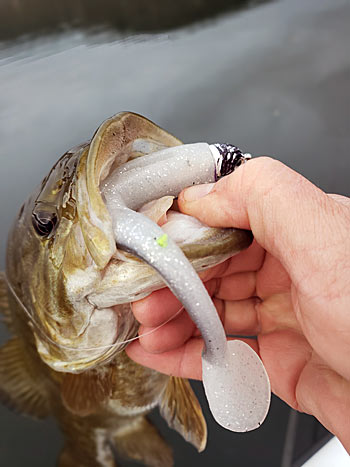
As for locations and what to look for, that runs the gamut and varies based on the depth, season, and body of water you are fishing.
Some of the best places are anywhere where shallow water drops sharply into deeper water. This could be along steep banks, deep flats, main lake points, and grass lines. These locations are prime for smallmouth bass looking to feed on baitfish.
Retrieves and Gear
One of the best parts about fishing a swimbait is the relative ease of fishing them effectively. A simple cast-and-retrieve is the best approach for most baits, and being around fish becomes even more important than the actual retrieve.
However, finding the correct depth is crucial, as smallmouth bass can look up or down to feed and much of that comes down to what they are eating. One of the best places to start is watching your electronics to see where the most fish activity is.
Fishing a swimbait right along the bottom will be the best place to start if it is near the bottom. If you notice more suspended fish, they most likely feed in the middle of the water column and up. A simple countdown method can ensure that your bait remains in the correct depth zone. To get a starting point, sit your boat in ten feet of water, drop the bait, and see how long it takes to reach the bottom. With some quick math, you have your fall rate for that bait and jighead and are ready to start fishing.
For gear, it varies based on the size and weight of your jighead or swimbait. Generally, baits lighter than 3/8-ounce can be fished effectively on spinning gear and light line. For larger baits, baitcast equipment is the way to go, as this will help you cast heavier lures and battle a big smallmouth bass.
The line used is another puzzle piece and will affect how your bait moves through the water and how quickly it falls. A spinning rod with a braid to fluorocarbon leader will cast a bait a long distance, but the floating braid can also slightly raise a small swimbait during the retrieve. Running straight fluorocarbon is an excellent option as it will allow the bait to fall faster, stay down at the depth you want and thus run more accurately through the water.
Swimbait Selection
Generally, swimbaits will be smaller for smallmouth than largemouth, but that is not always the case. If they can fit it in their mouth, they will eat it.
When it comes to sizes, a go starting point would be between three and four inches long, but downsizing during challenging conditions and going bigger when targeting trophies is a good practice.
One of the most popular swimbaits for smallmouth is the paddle tail ribbed versions made famous by lures like the Keitech Swing Impact FAT. These and their many imitations are widely used because they flat out catch smallmouth bass and should be in everyone's swimbait box.
Aside from the Keitech and similar style baits, more massive paddle tails have their place when fishing swimbaits for smallmouth bass. The larger versions often have a harder thumping action that gives the fish a different look and appeals to the big appetite of big smallmouth bass.
Rigging Methods
One of the best and most straightforward ways to rig a swimbait for smallmouth is on a jighead. It allows you to get incredible hookups and easily adjust your sizes to fish at different depths. Generally, an unpainted round ball head is all you need, but you can also utilize more streamlined versions with realistic baitfish imitating finishes.
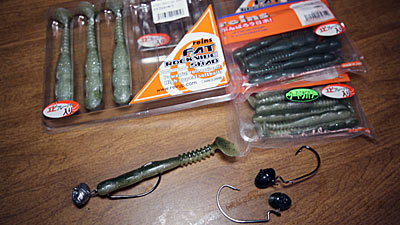
But, standard jigheads aren't the only way to go, and football head jigs and swinging football heads give your swimbaits a much different look. They excel when fishing right along the bottom when the conditions call for it, either when fish are holding very tight to the bottom or in extreme cold when dragging a swimbait is better than swimming it through the water column.
The increased popularity of swimbait fishing has proven that they catch fish and big ones over the past several years. For smallmouth bass, swimbait is one of the best ways to catch large numbers of fish and also have the chance of catching a fish of a lifetime.


